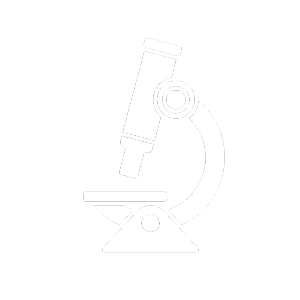Dr. Sharief Taraman has a track record of taking things that sound like they belong in the realm of science fiction and turning them into reality.
For example, he’s heavily involved in probing how artificial intelligence can facilitate innovations in pediatric healthcare – via an algorithm, for example, that can help diagnose autism in a way that doesn’t reinforce health disparities.
Now, Dr. Taraman – who launched his own IT business at age 16 before deciding on a career in medicine – has a new patent for a novel way to treat central nervous system disorders using infrared and near-infrared phototherapy.
Co-created with former CHOC scientist Dr. Spyro Mousses, Dr. Taraman’s technology involves the use of light-emitting nanoparticles – some made of semiconductor materials, others that are completely organic – that due to their microscopic size can transverse the blood/brain barrier and help salvage neurons at risk of dying.
The target of the potential new therapy is the treatment of brain and spinal cord injuries such as strokes and it would achieve this by keeping viable brain tissue that is at risk of dying after an ischemic event, which restricts blood supply to tissue, explains Dr. Taraman, chief of neurology at CHOC and an expert in medical informatics.
The therapy also could be used for rare mitochondrial disorders – many of which are deadly, he adds.
A step further
Dr. Taraman’s patent, originally filed in 2015 and awarded in late September 2021, is for technology that would take previous clinical trials involving the use of red or near-infrared therapy to treat stroke and traumatic brain injuries a critical step further.
Although similar therapies were successful in animal trials, Dr. Taraman suspects that they failed in humans because near-infrared light’s short wavelength wasn’t able to penetrate deeply into the brain to bathe injured tissue with the phototherapy.

The nanoparticle, however, could penetrate deeply into the brain and expose mitochondria – the powerhouses of cells – to near-infrared light, thus keeping them alive and preventing more damage to brain tissue.
Mitochondria, Dr. Taraman explains, share many similarities with chloroplasts, the organisms in plants that respond to light and conduct photosynthesis, the process that produces most of the oxygen necessary for life on Earth. In the same way chloroplast respond to sunlight, mitochondria appear to respond to infrared and near-infrared light.
“Right now, we can apply near-infrared light to the brain directly, but the problem is, that requires the highly invasive process of removing the skull,” Dr. Taraman says.
Non-invasive treatment
The light-emitting nanoparticles Drs. Taraman and Mousses propose could do the same job via an IV infusion or a spinal tap in the lumbar region of the lower back.
Now that he has his patent for light-emitting nanoparticles – the patent lasts through March 18, 2037 – Dr. Taraman is seeking grants, donations, and partners to help manufacture and test the safety and efficacy of the technology in cell cultures first, then in animal studies and, finally, in humans.
Such therapy could make a huge difference for patients.
For example, a stroke victim could, following 72 hours of continuous bathing of the injured brain with light-emitting nanoparticles, show continued improvements on the stroke scale and suffer only minimal neurological deficits.
“I am fortunate to be surrounded at CHOC by innovators, informaticists, researchers and a one-of-kind collaborative environment that champions medical Intelligence, information, investigation and innovation,” Dr. Taraman says.

Learn about pediatric research and clinical trials at CHOC




